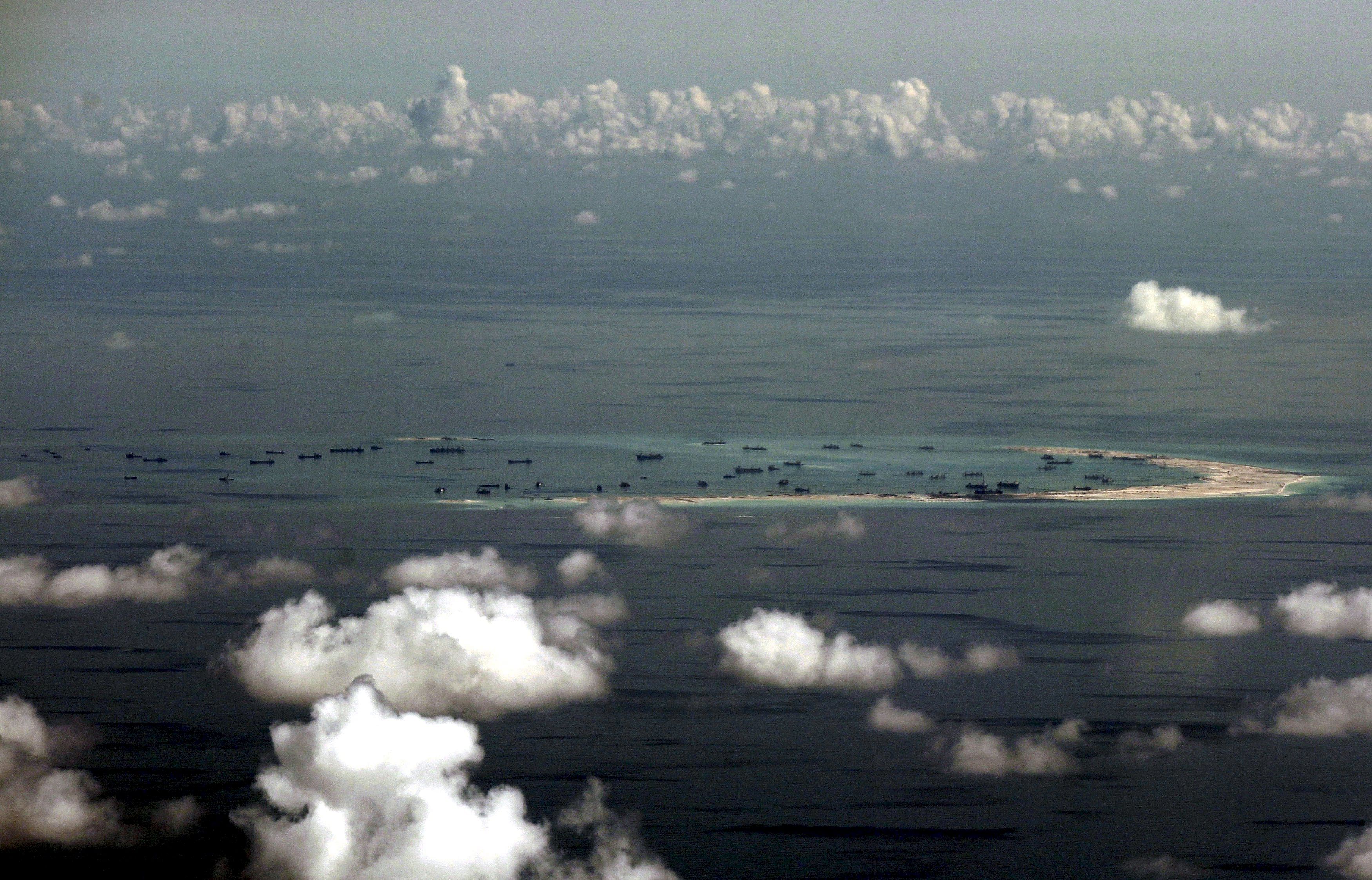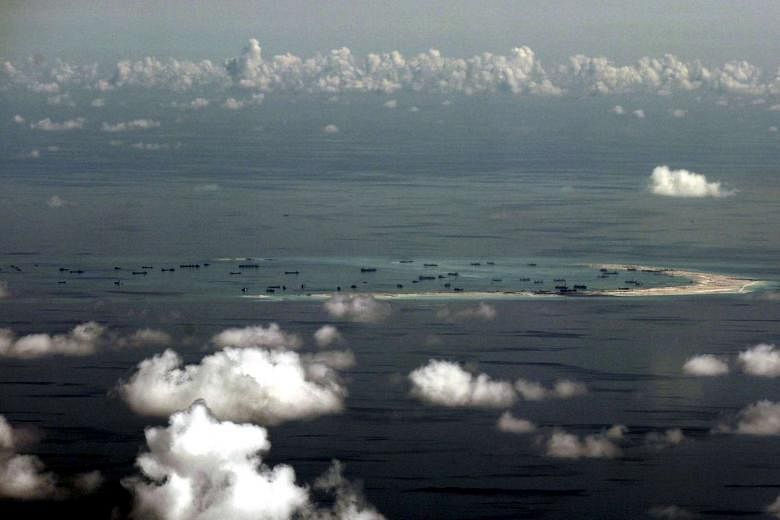Malaysia will soon end its Asean chairmanship of 2015, the year the grouping announces its Asean Economic Community (AEC).
Observers around the globe are looking forward to a "big bang" this weekend, when Asean leaders declare having reached this milestone. Of course, Malaysia is one of the few countries in Asean that are viewed as "enablers" to push through crucial initiatives of economic cooperation. However, there could be a few reasons for disappointment.
First, while Asean may announce achievement of more than 90 per cent of the AEC targets, that figure may not mean much to the business community or ordinary people in the region. Businesses continue to complain about multiple rules and regulations in the region which raise their trading and business costs across borders. Ordinary folk have yet to enjoy higher incomes and more job opportunities from Asean initiatives. In spite of the 10 countries having signed an agreement on movement of professionals, the actual movement is still subject to policies of individual nations.
Second, for the last 10 years, Asean has been riding high on its far-reaching ambition of establishing a "community". It announced a number of goals and targets in 2003 and, subsequently, came up with roadmaps and the Asean Charter in 2007 to meet the stated ambitions.
These attracted a lot of attention from the global community as it was also around then that the centre of gravity of global economic growth was shifting to these smaller nations, along with China and India.

With such adherence for a rules-based community, the grouping attracted the interest of the United States and Russia, which in 2010, became members of the East Asia Summit, a mechanism driven by Asean. Asean's growing recognition in the international community can also be seen by
the appointment of around 70 separate ambassadors to Asean or at the invitation of the Asean secretary-general and the Asean chair to the Group of 20 meetings.
There was some expectation that this year, Asean would once more make history by announcing ground-breaking ideas and initiatives. But it looks like no such ideas are forthcoming from Malaysia.
Third, there were also expectations that Malaysia would be able to bring some consensus on the South China Sea issue between Asean countries and China.
Although Malaysia showed its determination by including statements on the South China Sea at the Asean Summit in April and the Asean Foreign Ministers Meeting in August, it could not come up with a joint declaration for the Asean Defence Ministers Meeting Plus(ADMM) that took place earlier this month. The reason cited for such failure was China's insistence on blocking any mention of its assertiveness in the South China Sea. This was not unexpected, given China's close bilateral economic relations with South-east Asian nations, including Malaysia.
Nevertheless, one cannot hold Malaysia responsible for not fulfilling all expectations of Asean. The region works on a principle of consensus and the 10 members have equal status on all Asean matters. Any one member is able to block an Asean proposal. The chair country, in this case Malaysia, is merely a facilitator. It cannot deliver on an ambitious target for the next 10 years if other members, especially the less developed ones, are still struggling with the 2015 commitments and are increasingly apprehensive of any new regional plans and projects.
In the last few years, South-east Asia has also been witnessing rising nationalistic sentiments, especially within Indonesia, which may again slow down the process of deeper integration.
Malaysia is trying to make its mark on a few things in Asean.
The country has received appreciation for greater engagement of the private sector with the regional policymakers. Malaysia launched an initiative, Asean Pathfinder Project, last month that is expected to provide opportunities to South-east Asian companies to expand in the region. Each member country is to propose names of 10 local companies and altogether, the 100 pathfinder-status companies can enjoy administrative convenience in securing licences and approvals to expand in other Asean members.
Malaysia is also likely to launch the idea of AEC 2025, adding to Asean's earlier idea of "single market and production base" and focusing on issues of sustainable development, thus keeping up the momentum of regional economic integration.
Only time will tell whether such Asean initiatives, propagated under Malaysia's chairmanship, will take the region to new heights or if the pace of community building in the region will instead plateau.
In the end, all these have a bearing on Asean's hopes to attain a "central" position in a wider and more complex Asian architecture.
•The writer is fellow and lead researcher (economics) at the Asean Studies Centre and Coordinator of the Singapore Apec Study Centre, both based at Iseas-Yusof Ishak Institute, Singapore.

